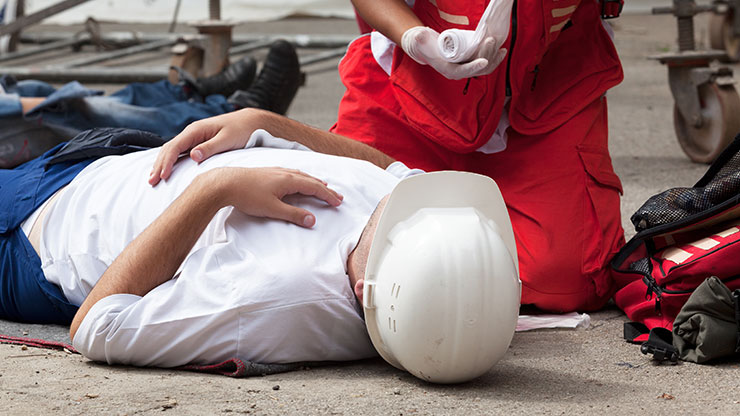- Via delle Azalee, 21 Sant’Alessio con Vialone (PV), Italia
- (+39) 0382-538026
- Lun – Ven 8:00 – 17:30
- Area Riservata Clienti

The course aims at the acquisition of theoretical knowledge and technical competences necessary to correctly manage the patient in the field of first aid intervention and develop an effective communication with the rescue service.
Theoretical aspects
Scene of the accident:
Practical training
APT in accordance with Ministerial Decree n. 388 July 15, 2003
None
To acquire theoretical knowledge and practical skills to proceed to a first aid intervention and effectively communicate with the emergency service.
Doctors and specialized medical staff
Ministerial Decree n. 388 July 15, 2003 defines the course objectives and contents.
Compila il modulo qui sotto per chiedere informazioni sul corso. Saremo da te appena possibile.
Via delle Azalee, 21
Sant’Alessio con Vialone (PV), Italia
Copyright © 2024. All rights reserved.